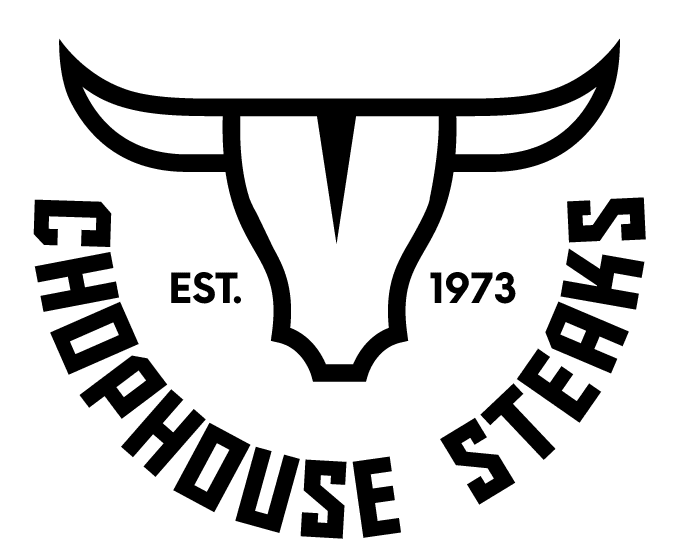Beef comes in a wide array of different cuts and textures. Did you know that it is also possible to choose between the two? The question is, what is the main difference between dry aged and wet aged beef? We investigate below.
Dry-Aged Beef
Dry aging beef is a technique that has been around for centuries. It revolves around hanging beef or placing it on racks in extremely cold conditions (usually just above freezing) for a period of a few weeks. Eventually, the meat begins to lose its moisture, ultimately concentrating and intensifying its natural flavour. Furthermore, various enzymes get to work on reducing the connective and muscle tissue to ensure a more tender end result.
Wet-Aged Beef
Wet-aging beef is a faster, more cost-effective way in which to age beef, hence the reason why it is the technique used by the vast majority of local producers who sell their beef to supermarkets. It involves placing beef in vacuum-sealed plastic packaging before shipping, where the beef has time to ‘age’ for a period of four to 10 days while in transit and on sale. Unless you have actively sought out dry-aged steak or beef, you will probably have only ever sampled wet-aged beef.
Which Is Better?
Dry-aged beef is of better quality, hands-down. It is celebrated for its roasted, almost ‘nutty’ flavour, compared to wet-aged beef which has a more metallic, less complex taste. It is also noticeably more tender, considering how much longer it has been allowed to mature.
Here at Chophouse Steaks, we specialize in dry-aged beef and steak. So, no longer the need to continue searching Google for ‘dry-aged beef near me’! We are your go-to online butcher store. Place your order today or give us a call for more information on the difference between dry aged and wet aged beef.

